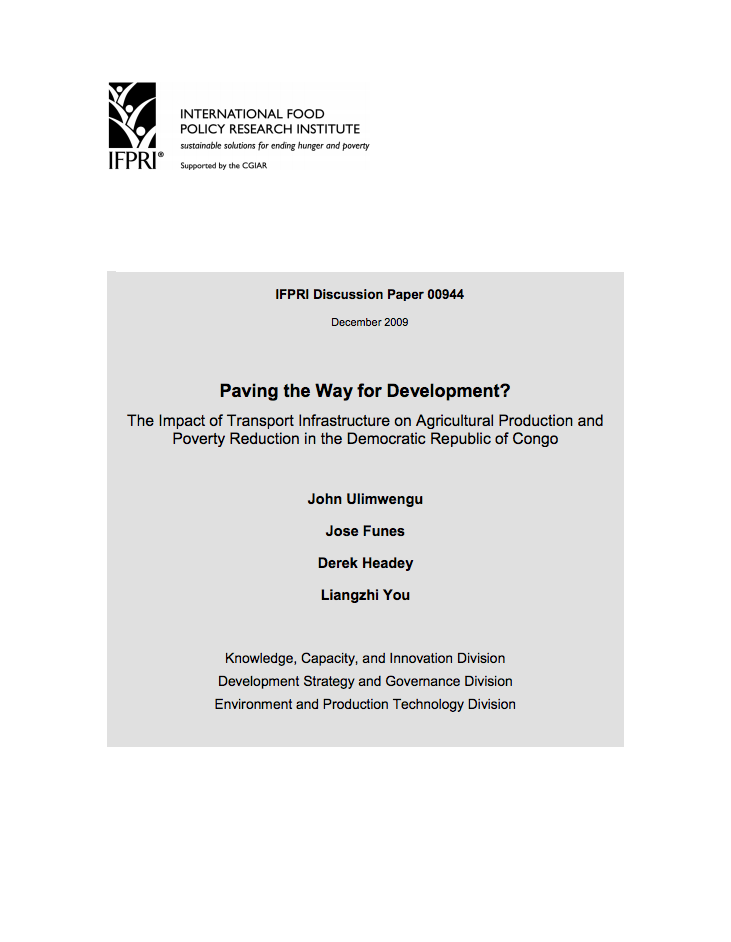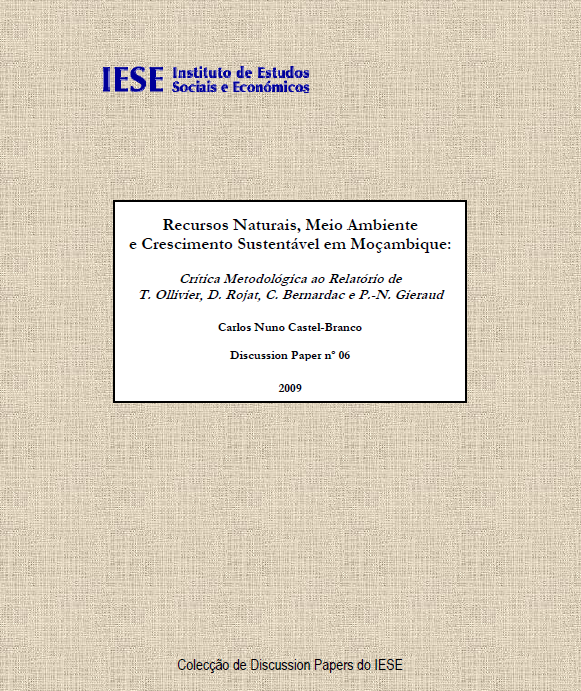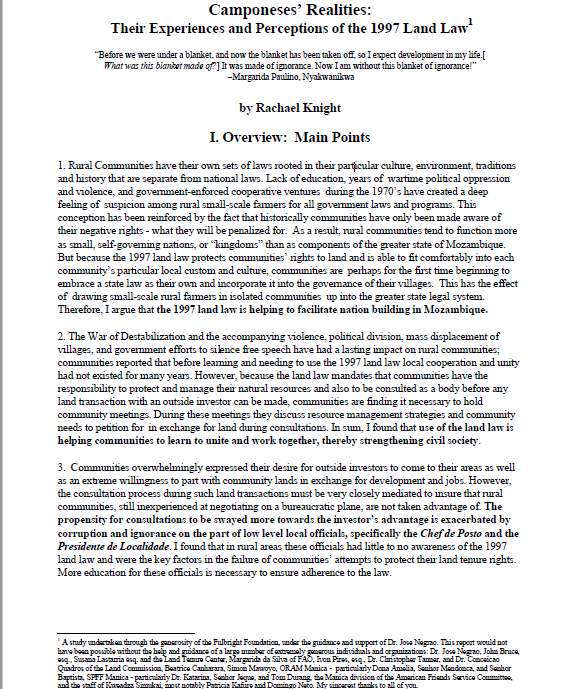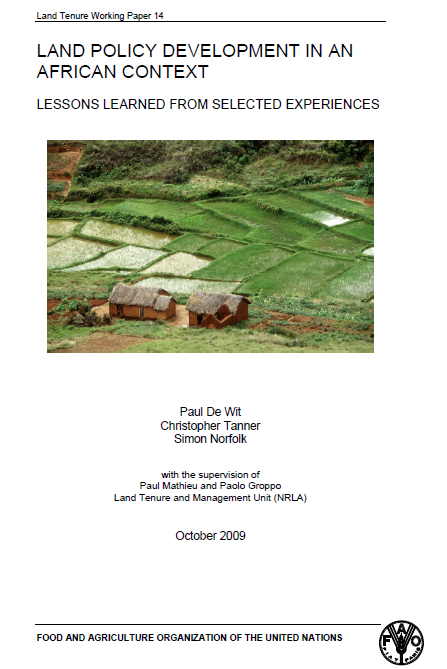Multifunctionele Landbouw en Landschap : onderzoek naar de invloed van multifunctionele landbouw op het landschap, nu en in de toekomst
Een verkennend onderzoek naar de ruimtelijke impact van multifunctionele landbouw (MFL) op het landschap. De analyse richt zich op de fysieke veranderingen in het landschap als gevolg van MFL en de factoren achter de ontwikkeling van MFL. De sturende factoren zijn te verdelen in omgevingsfactoren, ondernemersfactoren en overheidsfactoren. Het onderzoek behelst een literatuurstudie, een regionale analyse en aan de hand van interviews en veldbezoeken zijn 4 casestudie gebieden onder de loep genomen. Dit zijn: Gelderse vallei, Walcheren, Bellingwolde en Waterland.








